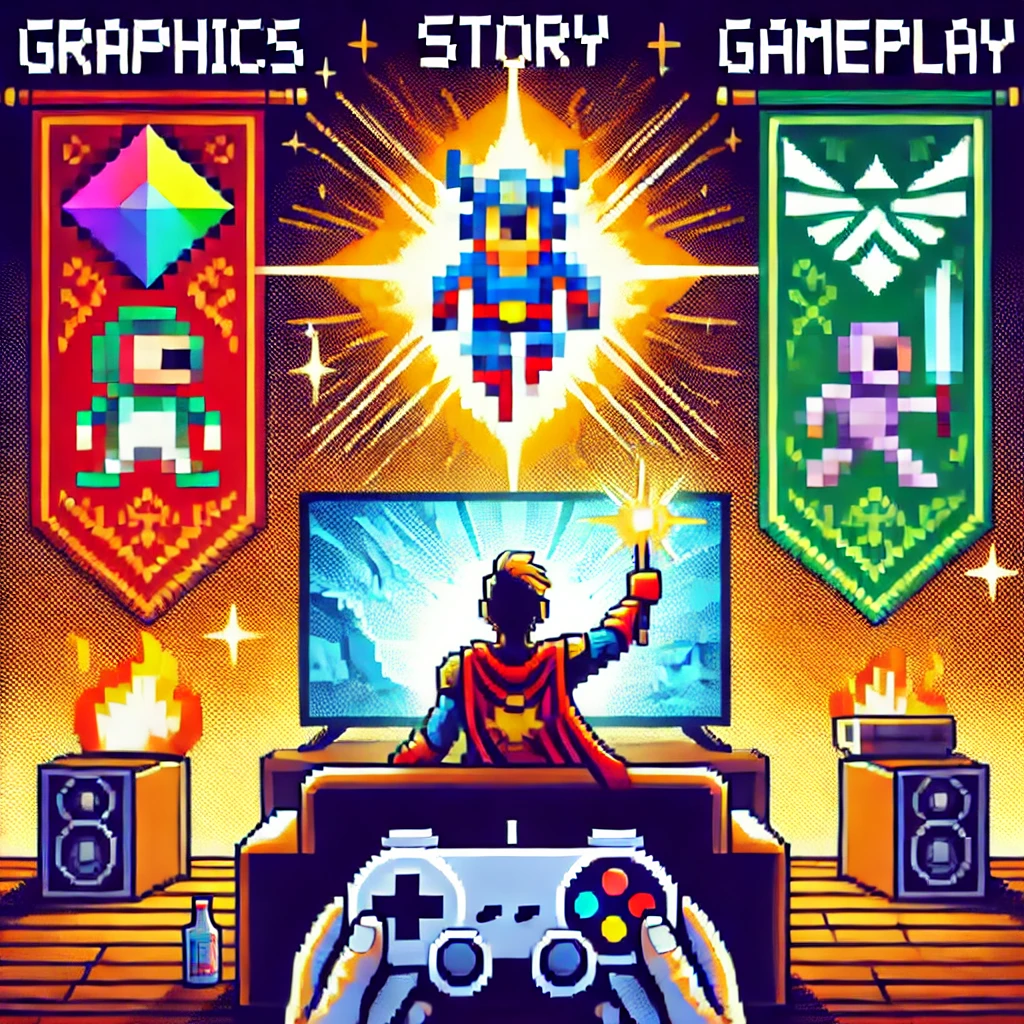So I’m sitting down, sweating through a session of Marvel Rivals, when I catch a glimpse of my notifications. Rewards to claim? Say no more. But as I’m scrolling through the bounty, something unexpected grabs my attention: a subsection in the character lore tab. I click on it, expecting a quick blurb, and instead find myself diving headfirst into an intricate backstory pulled straight from the comics. Before I know it, thirty minutes have passed. I’m utterly lost in the narrative, appreciating my character on a whole new level. It’s not just a hero in the game anymore—it’s a story I’m invested in. And suddenly, I want to play even more.
This experience got me thinking. In gaming social media spaces, opinions have become almost radioactive. Everyone feels entitled to not just express their viewpoint but to outright declare how others should enjoy games. Graphics, story, or gameplay—pick a side, they demand. But sitting there, enraptured by the story of a hero I’d been playing for weeks, I realized something: It all matters. Sure, a game doesn’t need to excel in all areas to succeed, but dismissing one element as unimportant is shortsighted. Ultimately, the value of each component depends on the gamer experiencing it.
Gaming Tribes: The Love Triangle of Graphics, Story, and Gameplay
This debate—graphics vs. story vs. gameplay—is almost like a love triangle. Each side has its loyalists, convinced their preference is what makes gaming great. Graphics enthusiasts marvel at hyper-realistic visuals and art design. Story lovers crave the emotional depth and world-building that elevate games to art. Gameplay devotees argue that mechanics and player agency are the heart of the medium. Each faction is a microcosm of gaming’s diversity, and the passion behind their arguments speaks volumes about how deeply games resonate with us.
From a psychological and anthropological perspective, this debate reflects our innate need for identity and belonging. Gamers align with their preferred “pillar” because it validates their experiences and tastes. This is a form of tribalism—a term often misunderstood as divisive but, at its core, is about connection and shared values. Gaming tribes form around these pillars, uniting players who see themselves reflected in the games they play.
The Psychology of Immersion and Appreciation
When I was drawn into the character’s story, it wasn’t just idle curiosity. Psychology tells us that humans are wired for stories. Narrative transport theory explains how engaging with a story can make us feel fully immersed, almost as though we’re living it ourselves. This immersion deepens emotional connections, fostering appreciation and attachment—in this case, to a playable character in a hero shooter.
This connection extends beyond the individual. Stories become shared experiences, sparking conversations and forming bonds between players. The lore of a character can fuel debates, create fan theories, and even inspire real-world creativity like fan art or cosplay. It’s not just gaming; it’s culture-building.
Anthropology and the Evolution of Gaming Tribes
Anthropologically, humans have always been tribal. From ancient clans to modern fandoms, we seek groups where we feel understood and supported. Gaming tribes function similarly. Whether you’re arguing for story supremacy or debating the importance of 60 FPS, you’re participating in a ritual of belonging.
Interestingly, this tribal behavior isn’t limited to in-game elements. Consider console wars, platform preferences, or even specific games’ communities. These divisions may seem petty, but they’re manifestations of deeper human tendencies. They provide identity, foster camaraderie, and even encourage competition—hallmarks of tribal culture.
Why It All Matters
The truth is, gaming’s magic comes from its ability to cater to all these tribes simultaneously. A game doesn’t have to choose between stellar graphics, compelling storytelling, or tight gameplay. The best titles weave these elements together seamlessly, creating experiences that resonate across the spectrum of gamer preferences.
But even when a game leans heavily into one pillar, it’s not inherently better or worse. It’s just different. And that difference is what makes gaming such a vibrant, multifaceted medium. Games can be cinematic epics, pixel-art platformers, or systems-driven sandboxes—and they all have their place in the industry and in players’ hearts.
The Takeaway
Sitting there, engrossed in Marvel Rivals, I realized that gaming isn’t about picking sides in the graphics vs. story vs. gameplay debate. It’s about appreciating the unique ways each element contributes to the experience. Gamers are a diverse tribe, united not by a single preference but by a shared passion for the medium. And when we respect that diversity, we enrich not just our own experiences but the gaming community as a whole.

